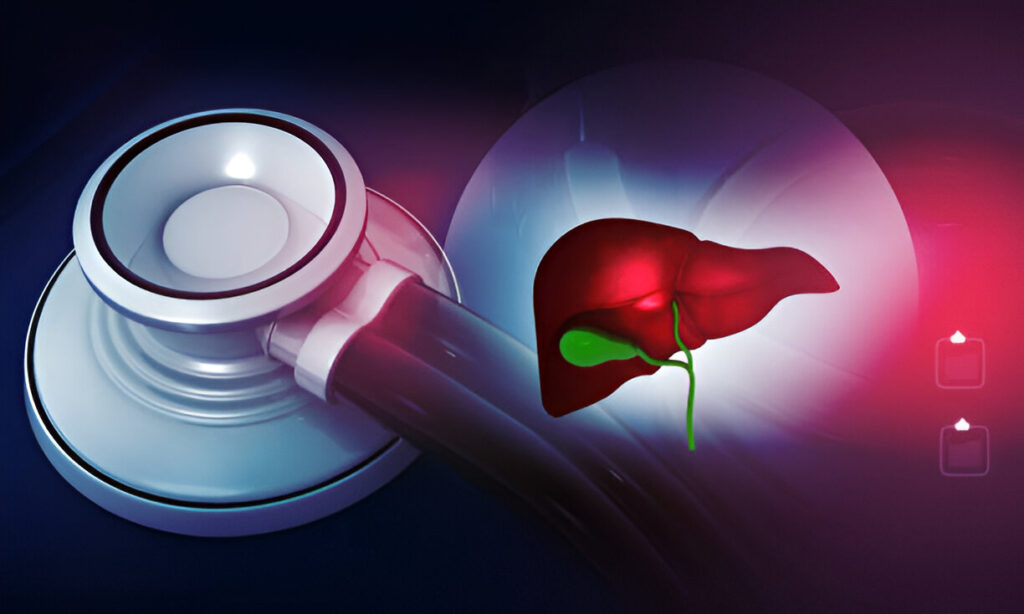Diabetes and Liver: The Hidden Link

When we think of diabetes, our focus naturally shifts to blood sugar, insulin, and the pancreas. However, one of the most overlooked aspects of diabetes management is its deep and often hidden connection with the liver. The liver plays a crucial role in regulating blood glucose, and when its function is disrupted, it can both contribute to and suffer from the effects of diabetes. Understanding this hidden link can be vital in preventing complications and improving long-term health.
The Liver’s Role in Blood Sugar Control
The liver acts as the body’s sugar reservoir. It stores glucose in the form of glycogen and releases it into the bloodstream as needed, especially during fasting or between meals. In a healthy individual, this system works seamlessly. However, in people with diabetes, especially type 2 diabetes, the liver may release too much glucose, even when it’s not needed. This leads to elevated blood sugar levels and can worsen insulin resistance over time.
Non-Alcoholic Fatty Liver Disease (NAFLD)
One of the most common liver conditions associated with diabetes is Non-Alcoholic Fatty Liver Disease (NAFLD). This occurs when excess fat builds up in the liver cells, not due to alcohol consumption but rather due to metabolic factors like obesity, insulin resistance, and high blood sugar. Studies show that over 70% of people with type 2 diabetes have some form of NAFLD.
NAFLD can progress to a more severe condition called Non-Alcoholic Steatohepatitis (NASH), which involves liver inflammation and can eventually lead to fibrosis, cirrhosis, or even liver cancer.
The Vicious Cycle
What makes the liver-diabetes connection even more troubling is the two-way relationship. On one hand, diabetes contributes to fat accumulation and damage in the liver. On the other hand, a diseased liver worsens insulin resistance and hampers the body’s ability to control blood sugar. This creates a vicious cycle where each condition fuels the other.
Warning Signs to Watch For
Unfortunately, liver disease often progresses silently. Symptoms like fatigue, abdominal discomfort, and unexplained weight gain are easy to overlook or misattribute. Routine liver function tests and abdominal ultrasounds can help detect early signs of liver issues in people with diabetes.
Prevention and Management
The good news is that lifestyle changes effective in managing diabetes also support liver health:
- Maintain a healthy weight through regular exercise and a balanced diet.
- Avoid excess sugar and refined carbs, which contribute to insulin resistance and fat buildup.
- Limit alcohol intake, as it can compound liver damage.
- Regular monitoring of liver function and blood glucose can help catch problems early.
For those with both diabetes and liver issues, medications may need to be adjusted, as the liver processes some drugs and can have side effects if liver function is impaired.
Conclusion
The link between diabetes and liver health is real, and often hidden. By paying closer attention to the liver, individuals with diabetes can gain better control of their condition and reduce the risk of long-term complications. It’s not just about managing blood sugar, it’s about treating the whole body, liver included.
